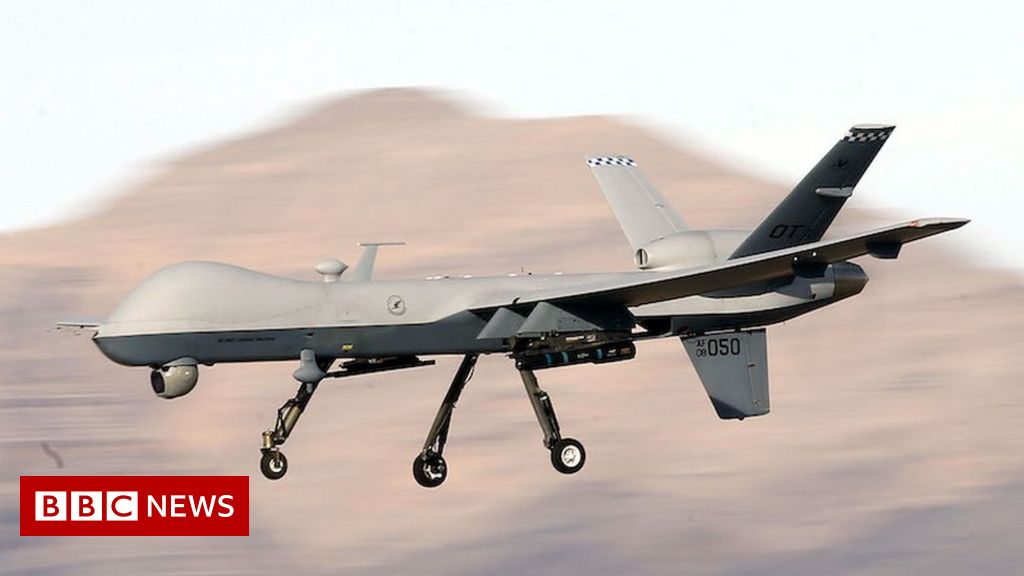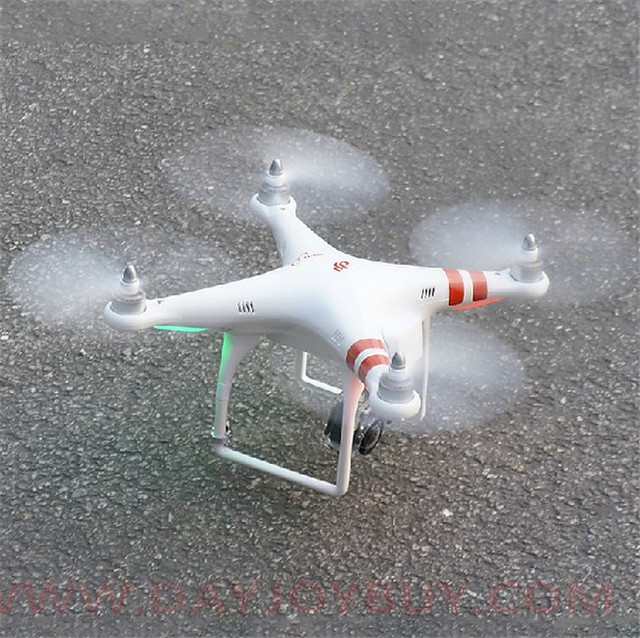
It is helpful to know the main issues surrounding industrial drones in order to understand the future. We will discuss Regulations and Sensors, as well as Applications and the Future. We'll also discuss the challenges associated with their development. This article is intended to give an overview of these issues, and to discuss how the industry ecosystems could help it grow. Drones can change the world. These drones have the potential to improve productivity, lower costs, and save lives.
Applications
Due to its broad capabilities, industrial drones can be used in many areas, including construction, inspection and disaster relief. You can also equip your drone with sensors such as lidar, laser and ultrasonic distance sensor. Sensors that can be used to detect time-of flight and chemical changes are also available. Multispectral sensors record data at visible and infrared wavelengths. Visible sensors can capture video and still images. Thermal sensors can monitor hot spots and detect security threats.
Drones can also assist with operations, saving man hours and costs. Drones can be used to remove people from dangerous situations, direct traffic, measure pollutants, and perform other tasks. These drones have many potential applications, and they are only getting more. Although they are mostly used for dangerous or unpleasant tasks, they also find a place as entertainment and advertising tools. Commercial drones may be used to lift banners or perform light shows.
Sensors
Today, industrial drones are capable of flying over worksites to collect data. Drones' sensors are able to measure the ambient conditions and chemical compositions. They can also inspect infrastructure and structures, including bridges, pipes, and power generation stations. A sensor pod can contain multiple sensors that can be mounted on the drone. For greater control, the drone can be controlled remotely by a pilot or remotely. In either case, sensors help the industrial drone achieve its goal and provide valuable data.

Multispectral sensors can be especially useful in forestry because they have a spectrum response that allows them differentiate between trees and bushes. A hyperspectral sensor can provide up to 200 spectral bands per pixel. Those types of sensors also provide more information than ever, and data collection can reach terabytes per flight. Multispectral scans typically use a push or whisk-broom technique.
Regulations
Companies that own industrial drones should follow regulations. The National Business Aviation Association created a guide for drone pilots. This guide contains key findings and information from the CAAC's trials. The regulations for drones should include weight, risk classes, and management systems. The guidelines also address concerns about foreign drone operators. The FAA does not have the authority to implement the guidelines.
Regulators should adapt regulations to the specific nature of each operation in order to avoid regulatory burden. Drone operations are often conducted in unpopulated areas with no other aircraft, people, or property. Operations such as monitoring crops might not be subject to the same safety regulations as those that use drones for agricultural purposes. Operators must demonstrate they have the necessary experience and that they are willing to invest in technology. While regulations regarding industrial drones should be flexible they should not inhibit the growth of America's commercial drone industry.
Future
In many areas, such as construction and agriculture, the use of industrial drones has been increasing. They are used in disaster zones and pesticide spraying. Drones can also be used for construction and power line inspection. Industrial drones could one day be used to inspect powerlines or assess the land's quality. There are many possibilities for industrial drones. Read on to find out more about these exciting technologies.

Industrial drones will be a great tool for businesses to reduce costs and improve efficiency in the near future. They are cost-effective and efficient, and can also improve accuracy and customer services. They can also solve global security challenges. Drone technology has grown from a fad to a major trend, and more businesses have realized the potential of using these aerial robots. These drones are already proving their worth, and are sure to improve productivity in the future.
FAQ
What are the laws regarding flying drones
The Federal Aviation Administration (FAA), in the United States, regulates all aspects related to drone operations. To operate a drone commercially, you must first get a certificate from the FAA. You must then complete a course on piloting skills and pass an examination. The agency will require you to pay a fee.
Which US states allow drones?
Legally, you can operate a drone to perform hobby tasks. The Federal Aviation Administration (FAA), has established guidelines that allow the use of small unmanned aircraft systems (UASs). Before UASs can be flown, they must be registered with FAA. Commercial operators can also fly these devices provided certain conditions are met by the FAA.
Where can I buy a drone?
There are many types of drones available online. Many people prefer to buy their drones online through Amazon, eBay or Walmart. Others choose to purchase their drones directly from manufacturers.
Can you fly a drone high without a licence?
There is no restriction on the height at which you can fly a drone according to the FAA. They do require that you register your unmanned airplane system (UAS), which includes registration number, model number, weight, size and manufacturer's names, as well as other information.
Is it possible to fly my drone in my backyard?
Yes! These are called UAVs, or unmanned aerial vehicles. There are several types of drones available for sale today, from small quadcopters to large fixed-wing aircraft. New rules have been issued by the FAA regarding commercial use of UAVs. This means that you can legally fly them for business purposes. But, it is important to note that UAVs being flown near airports can interfere with air traffic control systems. Before you operate one, you need permission from local authorities.
Do drones fall under the control of the FAA?
The FAA oversees all aspects regarding drone operations, including safety standards and certification requirements.
Statistics
- According to industry research from ZipRecruiter , there are 10 cities where the typical salary for a Drone Pilot job is above the national average. (dronesgator.com)
- With the top 10% making over $100/h and the bottom 10% making as low as $10/h. (dronesgator.com)
- Research and Markets predict a growth rate of 51.1% over the next five years. (thedroneu.com)
External Links
How To
How do I clean my drone?
The tips below are some things you should know before cleaning your drone. This guide will help you make sure that you get the most out of your drone.
-
Make sure you have the right tools. Make sure that you have all the tools you need before you begin anything. You'll need a soft brush (or a toothbrush) and cleaning solution (we recommend WD40)
-
Remove the battery pack. First, get rid of the battery. It is often easy to find the battery beneath the propeller. Take care to not loose any screws while removing it.
-
You will need to remove all parts. Next, remove all parts from the drone's underside. You should make sure that they are not loose as they could fall off during cleaning.
-
Use a cleaning agent. Now it is time to clean the drone. Use WD40 to clean your drone. Spray the entire surface of the drone with the cleaner. Make certain to get in between components. Leave it to dry completely before putting everything back together.
-
Replace the battery. Finally, once you've cleaned your drone, it's important to put the battery back in place. By doing this, you can test how well your drone functions after cleaning.